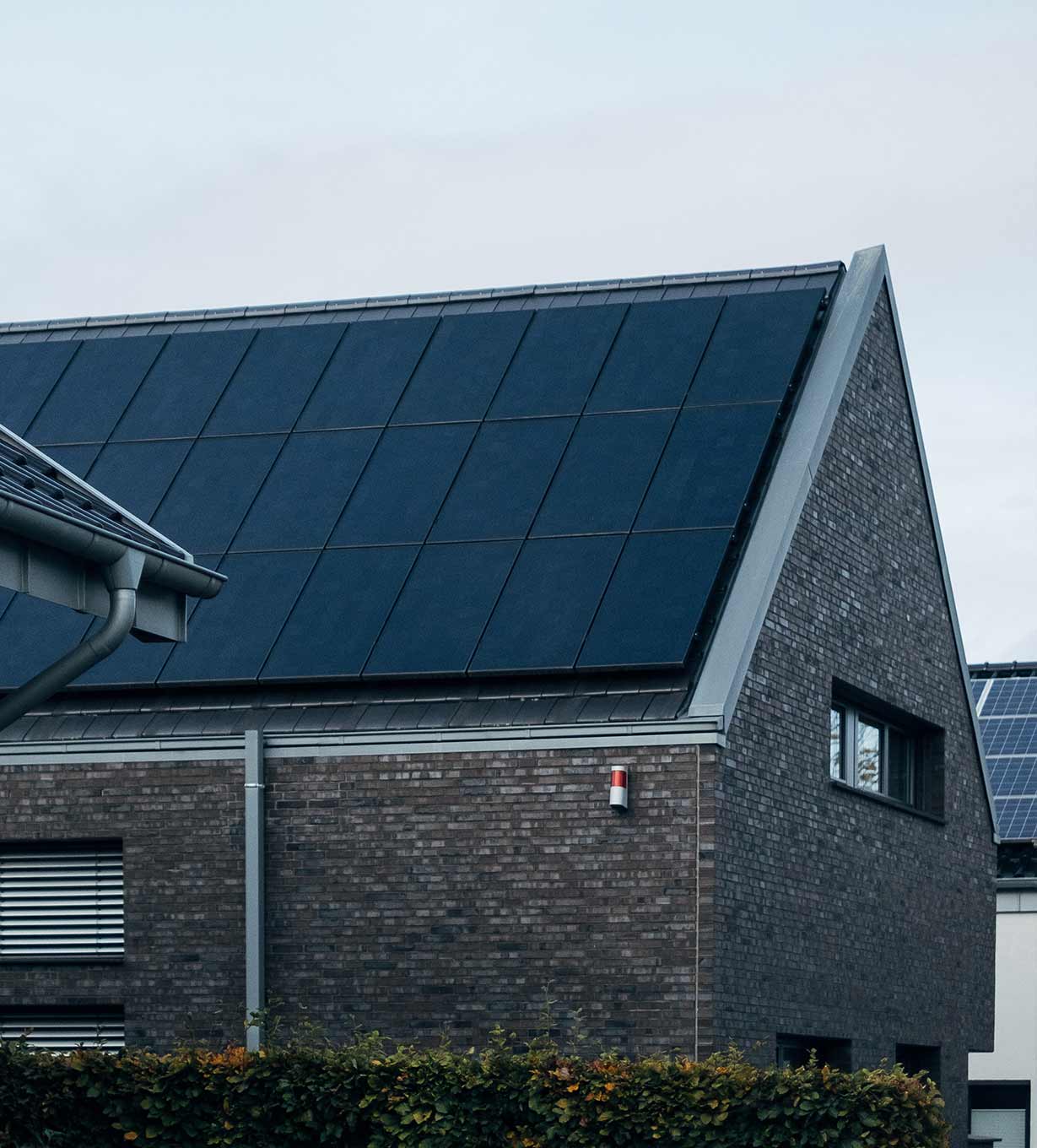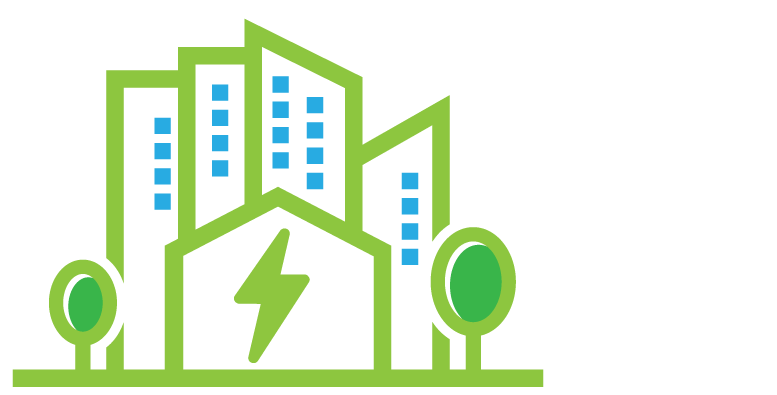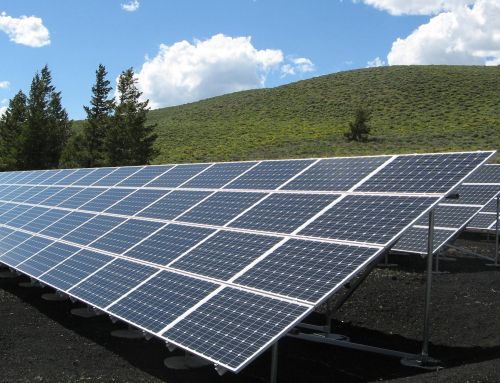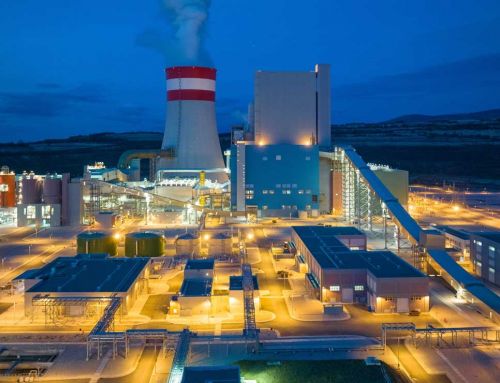Various optimisation goals
Benefits include:
Household energy optimisation

Household optimisation goals
Resources like heat pumps, PVs, white goods and batteries are controlled according to household optimisation goals, which can be: cost-efficiency based on network tariffs; self-consumption based on PV production; improvement of resource usage; or reduced CO2 emission, based on information on energy mix forecasts
Optimised scheduling in response to signals
Based on the signal received (a tariff, predicted PV production, Coefficient of Performance or CO2 signal) for a certain time horizon, the Customer Energy Manager prepares an optimised schedule for the controlled resources, which comply by returning new power measurements and forecasts through their Resource Manager
Weather forecasts
For implementation purposes, measurement predictions related to outside temperature, radiation and clouds are used to forecast the heat demand, energy consumption for heating or cooling and PV generation




